
$60 Billion Nigerian Rail Project Led By Inexperienced China Liancai And De-Sadel Sparks Questions About Western Backing And Taxpayers’ Cost
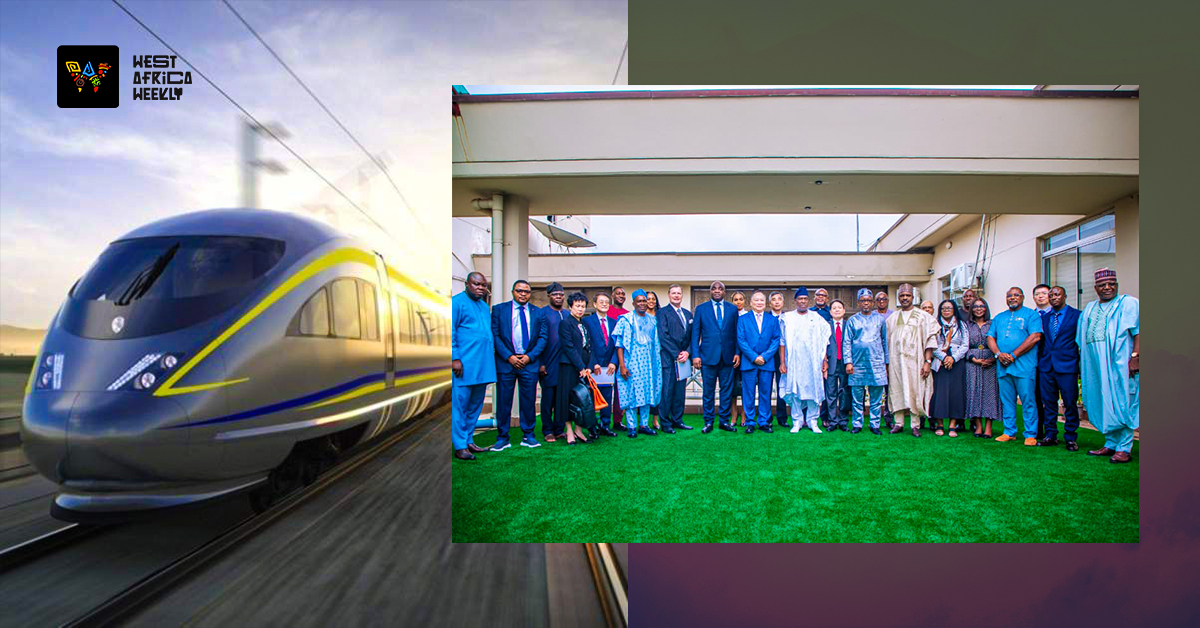
Nigeria has unveiled a plan to construct a 4,000-kilometre high-speed rail and gas corridor, backed by an estimated $60 billion fund approval. The first phase alone, budgeted at $55 billion, will span 1,600 kilometres, linking major hubs including Lagos, Abuja, Kano, and Port Harcourt, with a projected completion period of 36 months (three years).
If successful, it could become one of the largest infrastructure projects in Africa’s history. But the choice of financier has caused widespread scrutiny, with many questioning whether Nigeria is entering into a high-stakes gamble with a company that has no proven track record in projects of this scale.
The federal government has partnered with De-Sadel Consortium and China Liancai Petroleum Investment Holdings Limited for the undertaking. According to De-Sadel Consortium‘s President/CEO, Mr. Samuel Uko, the group has submitted proof of funds for the project, reportedly sourced from the Asian Development Investment Bank.
However, De‑Sadel Nigeria Ltd has drawn attention for its international leadership team. According to its consortium website, De‑Sadel’s board includes several senior Western executives, notably Dr Richard Moerman (Chairman) and Michel Bachelier (Deputy Chairman), both with decades of experience in structured finance and sovereign deals. Their presence signals potential access to Western and institutional funding networks, rather than reliance solely on Chinese state-backed lenders.
China Liancai Petroleum Investment Holdings Ltd was incorporated in Hong Kong in July 2013 as a private company limited by shares. Corporate records show that it has remained active for more than a decade. Yet, there is no evidence in public registries or project databases of its financing or delivering any major infrastructure.
In contrast, China’s state-owned giants such as China Road and Bridge Corporation (CRBC) and China Civil Engineering Construction Corporation (CCECC) have executed multiple projects across Africa, including the $4.7 billion Standard Gauge Railway in Kenya, primarily funded by the Export-Import Bank of China, and the $4 billion Ethiopia–Djibouti Railway, also financed by Chinese lenders and built by Chinese contractors.
This discrepancy makes the Nigerian deal unusual. For China Liancai, the Nigerian high-speed rail corridor is its first appearance in global headlines and its first publicly known mega-project since its establishment twelve years ago. Nigeria may be exposing itself to heightened risks by choosing a financier with no documented history of delivering complex transport or energy infrastructure.
The financing arrangement is expected to be structured through a Special Purpose Vehicle (SPV) involving China Liancai and its Nigerian partner, De-Sadel Nigeria Ltd. According to reports, Nigeria may provide sovereign guarantees to support the project. This would mean that if the rail line fails to generate sufficient revenues or if the financing collapses, the Nigerian government, and by extension, taxpayers, would still be responsible for repayment.
Though framed as a Chinese initiative, the project could also carry indirect links to the West’s financiers. China Liancai’s base in Hong Kong places it under a legal system rooted in British common law, which governs corporate contracts and financial arrangements. If the company turns to international capital markets to raise funds, Western institutional investors may become indirectly involved through bond purchases or other instruments.
Moreover, the lack of transparency around China Liancai, its absence from previous mega-projects, and the uncertainty surrounding funding sources introduce significant risks. There is a possibility that sovereign guarantees could still leave Nigeria exposed, even if the financing is nominally private. The project resembles a leap into the unknown, with outcomes dependent on a financier whose capabilities remain untested.
Nigeria’s $60 billion high-speed rail plan has therefore become both a symbol of aspiration and a source of anxiety. On paper, it promises to revolutionise mobility and economic integration across West Africa. In practice, it raises serious concerns, such as, Who is behind China Liancai Petroleum Investment Holdings? Where will the $60 billion be sourced from? And most importantly, if the project stalls or fails, will ordinary Nigerians be the ones left to bear the cost?
Read More:
- Nigerian-Born Beauty Mogul Sharon Chuter Dies Mysteriously At 38 During Legal Battle With Major Corporation
- Why Nigeria’s Female Athletes Shine
About The Author
Related Articles
Burkina Faso Releases Detained Nigerian Aircrew After Unauthorised Landing
Burkina Faso has released eleven Nigerian military personnel who were detained after...
ByWest Africa WeeklyDecember 12, 2025AES, Togo and Chad Launch Strategic Energy Projects in Niamey
Ministers of Energy from the Alliance of Sahel States, alongside their counterparts...
ByWest Africa WeeklyDecember 12, 2025Senate Pleas Exemption from VIPs Security Withdrawal
The Nigerian Senate has appealed to President Bola Ahmed Tinubu to exempt...
ByJoshua ChuwangDecember 12, 2025US Peace Talks All for Nothing as Fighting Engulfs Eastern Congo and Rebels Advance
What was presented as a breakthrough moment of diplomacy has instead become...
ByWest Africa WeeklyDecember 11, 2025
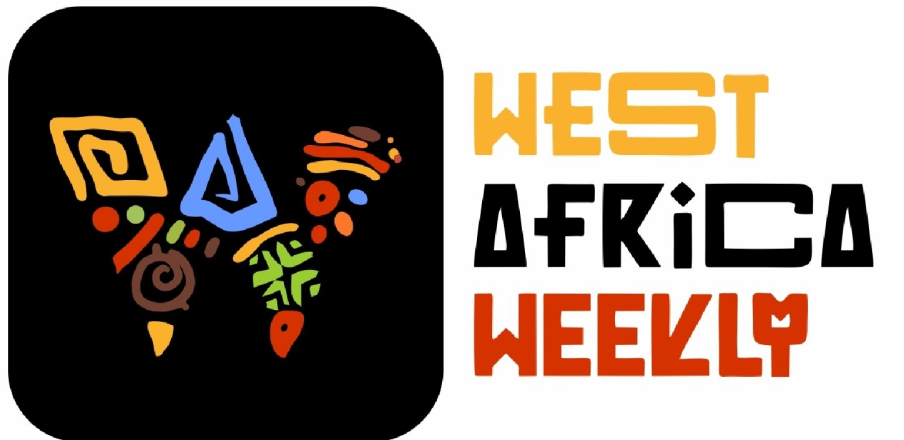

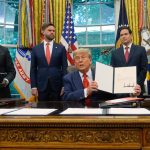
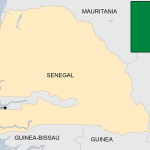

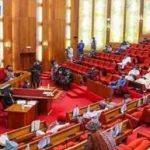
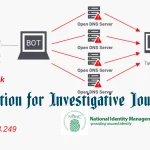

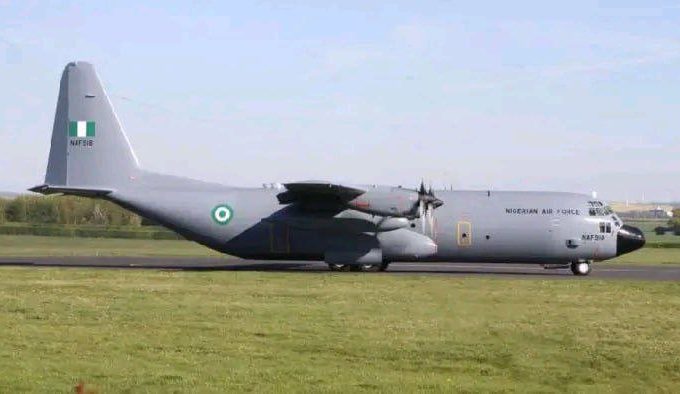
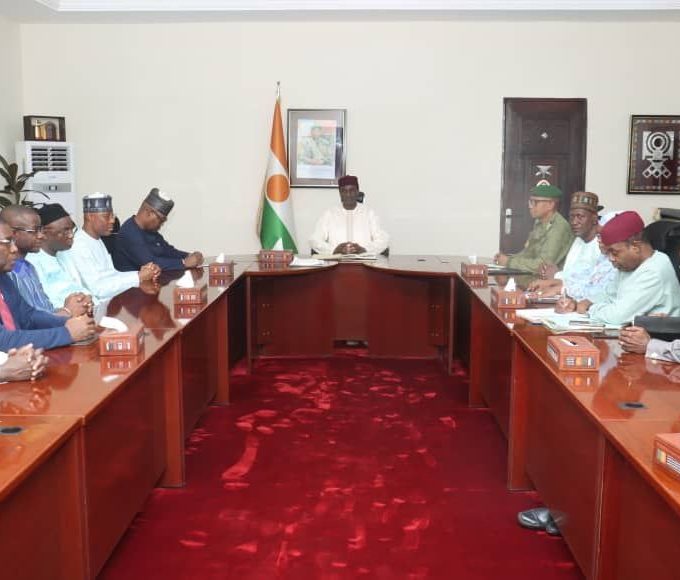
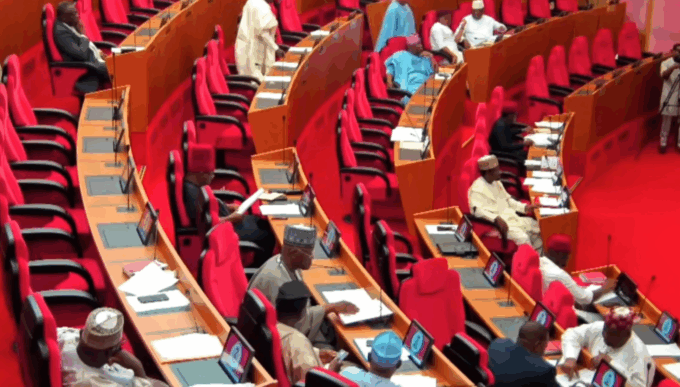

Leave a comment